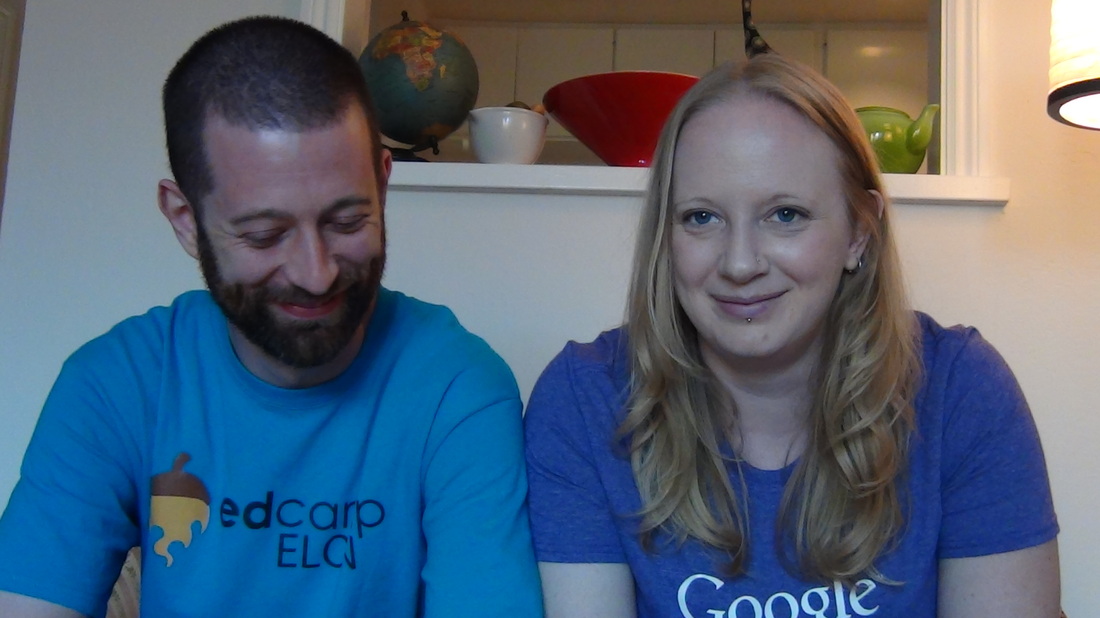- Flipped learning is about redesigning the learning in your classroom to make the best use of face-to-face time.
- To do that, you move higher order thinking skills and processes into class. You prioritise the skills/activities that will be helped most by having peers and the "content expert" (i.e. teacher) in the room.
- Create an environment in which students have authentic voice, choice and responsibility for the learning and can be creative, original, and practice failure and divergent thinking.
- Technology and video can help you do all of that, but neither video or technology are necessary except where it improves the learning experience
- Find the points of pain and put those on video. That, for us, started with stuff like technology tutorials (how to use our website, create a google document, make a MentorMob playlist, etc.), instructions for complicated assignments, etymology instruction, grammar concepts, test prep, etc.
- Think about how you will use the time that you freed up by putting direct instruction/pain points on video. If you can now have students watch a 5 minute video that covers what it normally took 25 minutes in class to do, then how will you use that time?
- The last point really begins with this question: What are the things you wish you could teach/do but can't because you never had enough time? Project-based-learning? More in-depth conversations in class? More practice in skills that require a high level of focus and are aided by having peer support? Writing assignments across the curriculum? Supplementation with videos that bring an additional perspective? Cross-curricular projects or essays? This is the fun part, really. You figure out what you have always wanted to do and then use your time to do that.
- Spend the first few weeks of the year (or at the point you decide to flip - you can definitely flip at ANY point in the year!) building their skills. Very few students come to us knowing how to take helpful notes, watch a video and monitor their understanding, use technology to learn more efficiently, read and write clearly, and hundreds of other subject or teacher specific skills and processes. Then narrow those down to the essentials (for us, that was note-taking, video-watching, google drive, writing without stopping/talking for a period of time, understanding mastery grading and variable credit, and collaboration in a small group) and model model model. Assess them and when you feel like the majority of the class is ready (you can still do 1:1 or small group differentiation if there are a few students who need it), start transitioning from a teacher-centred class to a student-centred class where they have voice, choice, and responsibility.
- Find people to work with. You will go insane trying to do this alone. If you can't find someone in your own school or department, then get creative. Andrew and I met on Twitter, and a single tweet brought me not only a partner in planning, execution, video production, assessment, troubleshooting...but it gave me a best friend who has made my life better in so many ways. Going it alone is a recipe for failure. And if you're asking students to collaborate in a meaningful way, then modelling it for them is not only a good idea, but required. We are not born knowing how to work together effectively. We are not born knowing how to drop the mask we wear for the rest of the world and being transparent about our emotions and reactions.
- Fail fast, and fail a lot. And share those failures along with successes. Blogging created a way for Andrew to find me, and it't given me a ton of reflection I wouldn't have had any other way.


 RSS Feed
RSS Feed
